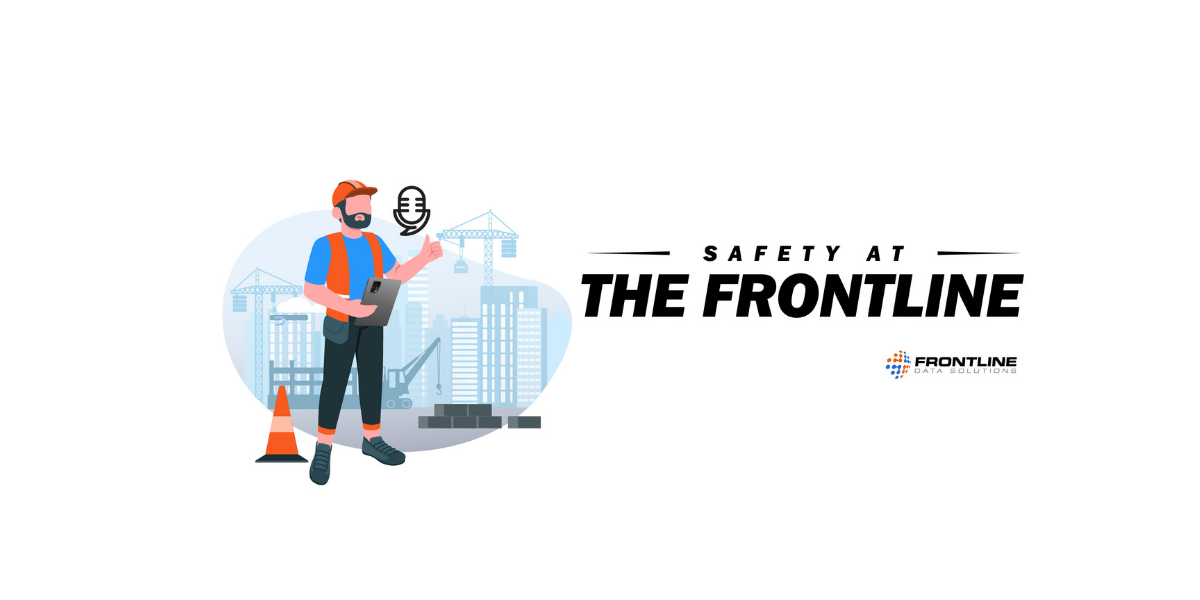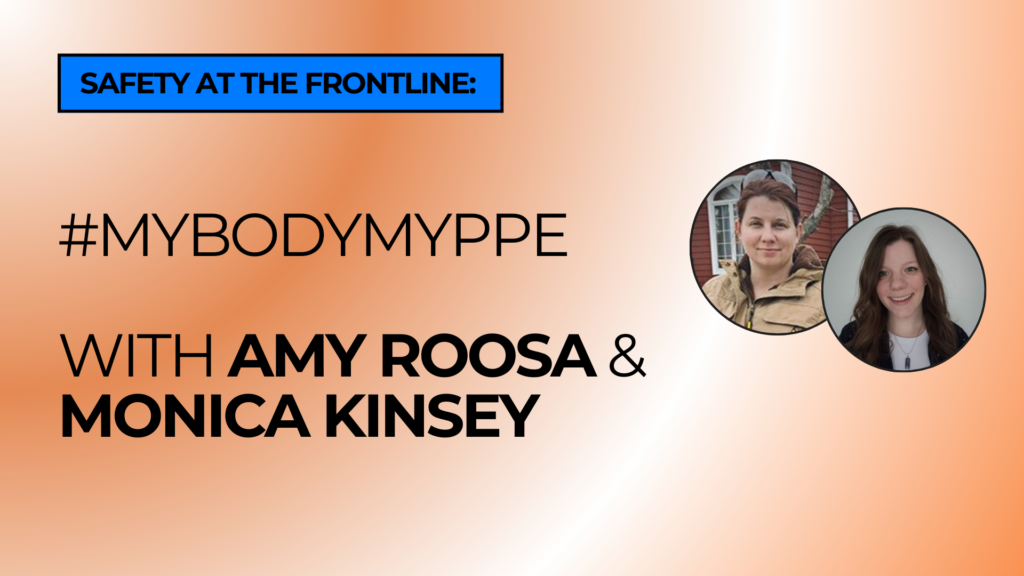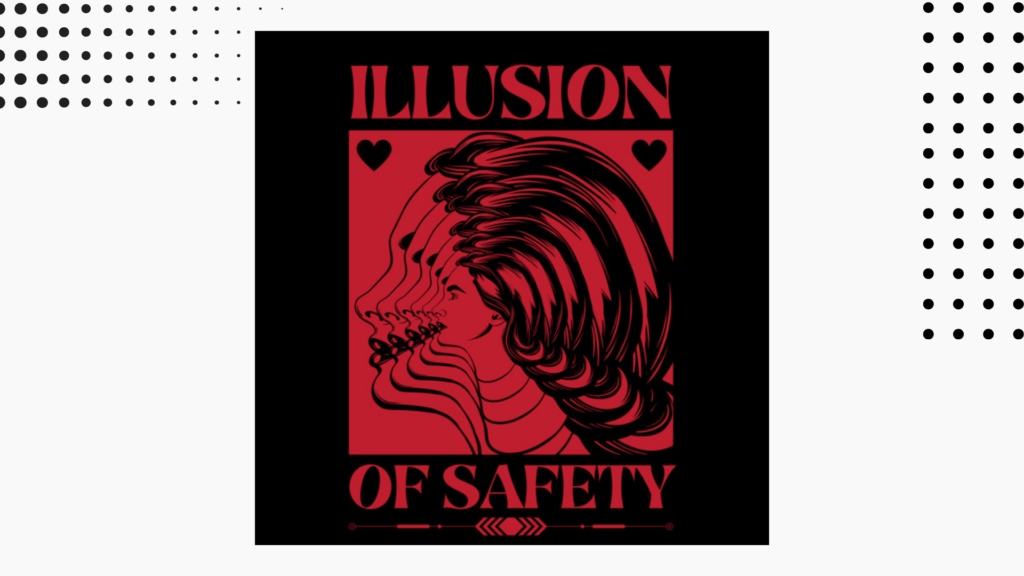What’s going on in EHS this week? Find out with Safety at the Frontline!
Tune in on Mondays to get the latest safety news with Frontline’s podcast. We’re covering the top EHS news, along with some quick and useful tips, so you can stay safe and keep rocking on the frontlines.
EPA’s asbestos risk evaluation
The EPA has released Part 2 of a final risk evaluation which concludes that asbestos presents an “unreasonable” health risk to workers under certain conditions. Used in Chlor-alkali production, consumer products, coatings and compounds, plastics, roofing products, and other applications, asbestos is among the first 10 chemicals under evaluation for potential health and environmental risks.
The final scope “includes the conditions of use, hazards, exposures, and the potentially exposed or susceptible subpopulations that EPA plans to consider in conducting the risk evaluation,” which the agency plans on finalizing by Dec. 1, 2024.
Listeria outbreak linked to ice cream
An ice cream company has been linked to a deadly outbreak of Listeria monocytogenes infections.
The CDC announced that Big Olaf’s ice cream is the likely source of the 23-person outbreak that has caused one person to lose their life and a pregnant woman to lose her baby. Twenty-two patients have been hospitalized across 10 states. The Florida Department of Health, CDC, public health, and regulatory officials in several other states, along with the FDA are investigating the outbreak. 17 people were interviewed and 14 reported eating ice cream. The company has not initiated a recall as the investigation is still ongoing.
OSHA’s lead standards
OSHA is requesting public comment on a proposed rule that would revise the agency’s standards on occupational exposure to lead in general industry and construction. Recent research shows that adverse health effects can occur in adults at lower blood lead levels than the levels specified in OSHA’s lead standards.
OSHA asks the public to comment on:
- Blood-led level triggers for medical removal protection
- Medical surveillance provisions, including triggers and frequency of blood lead monitoring
- Permissible exposure limit
- Ancillary provisions for personal protective equipment, housekeeping, hygiene, and training





